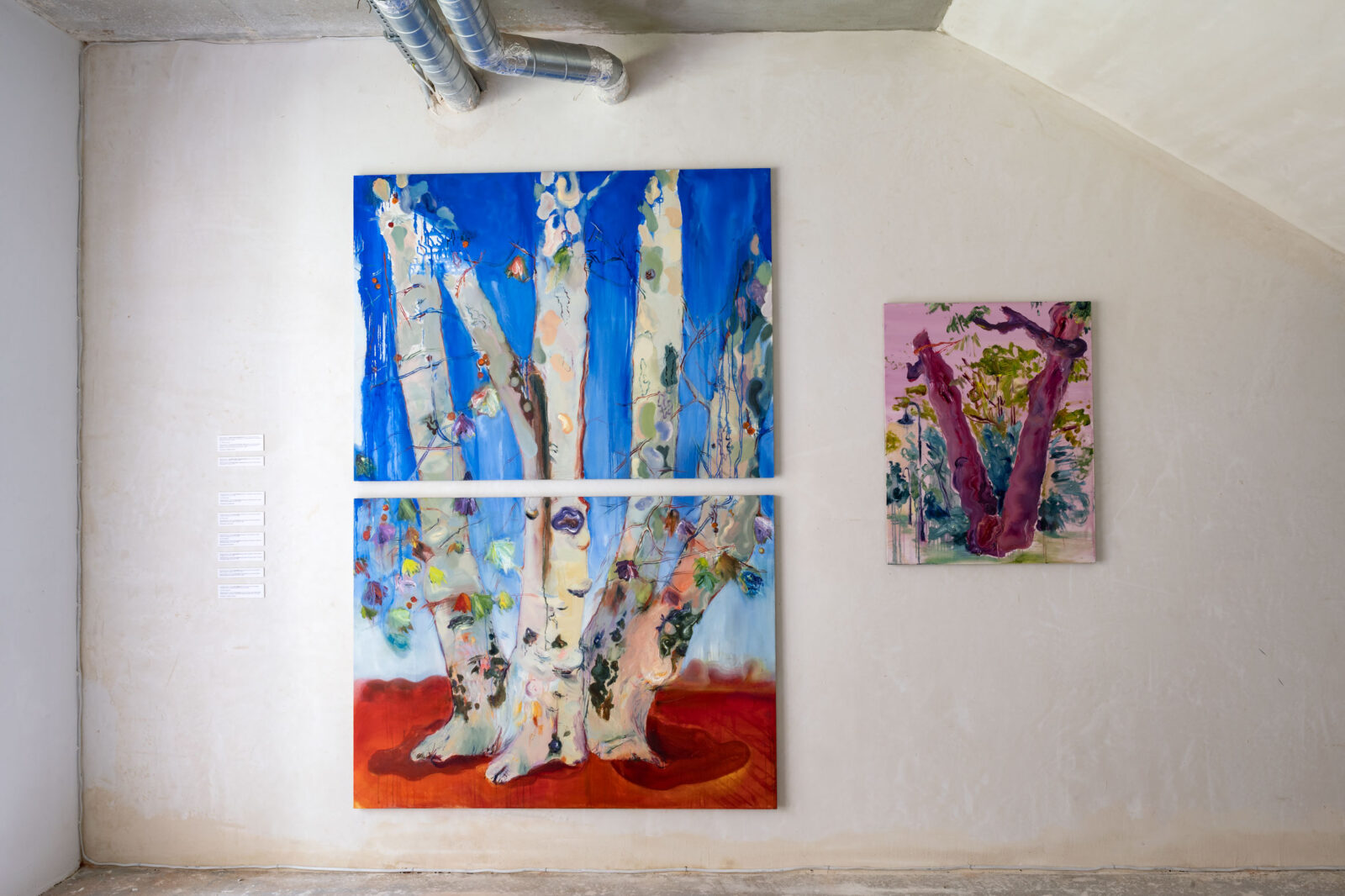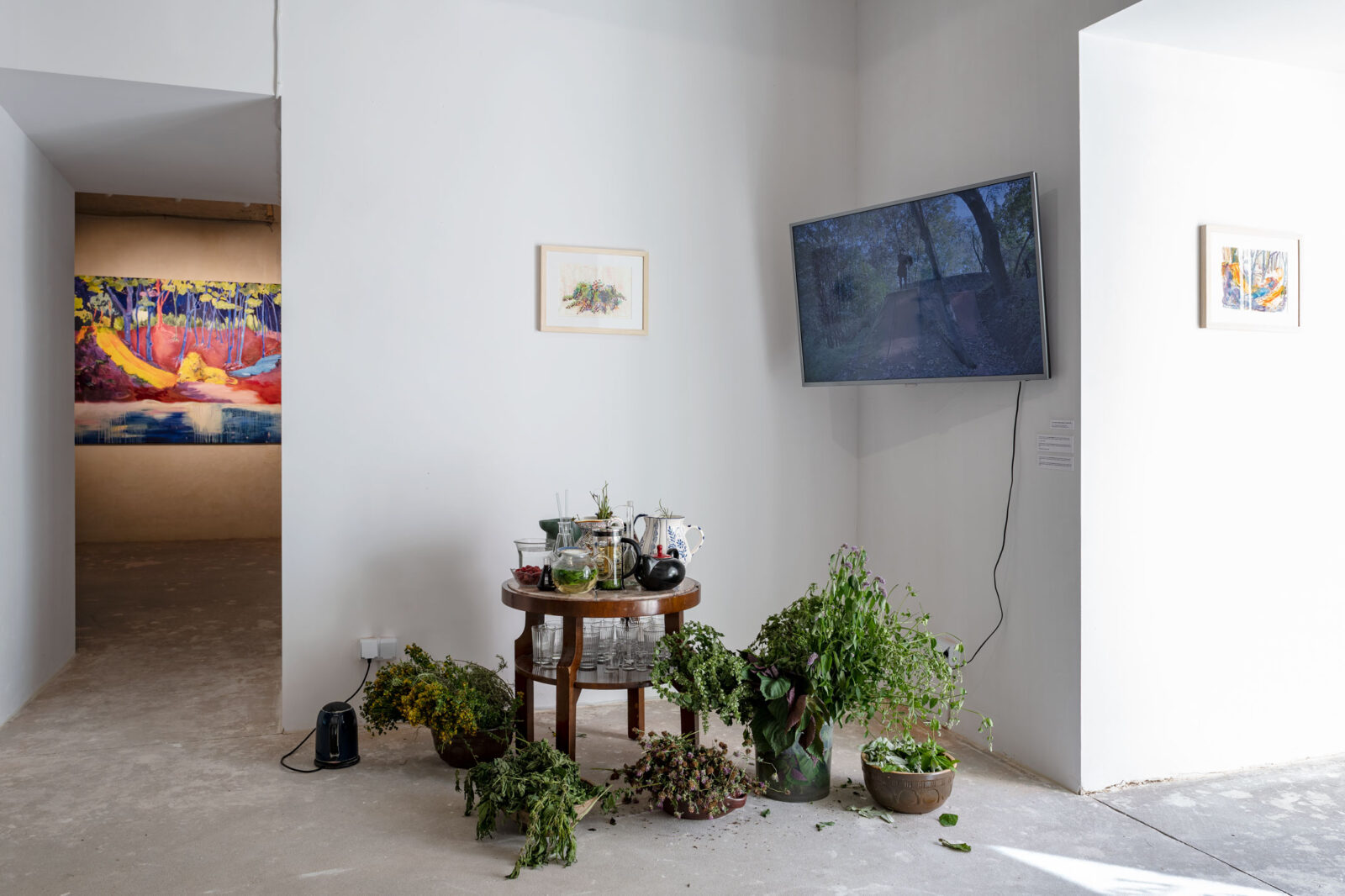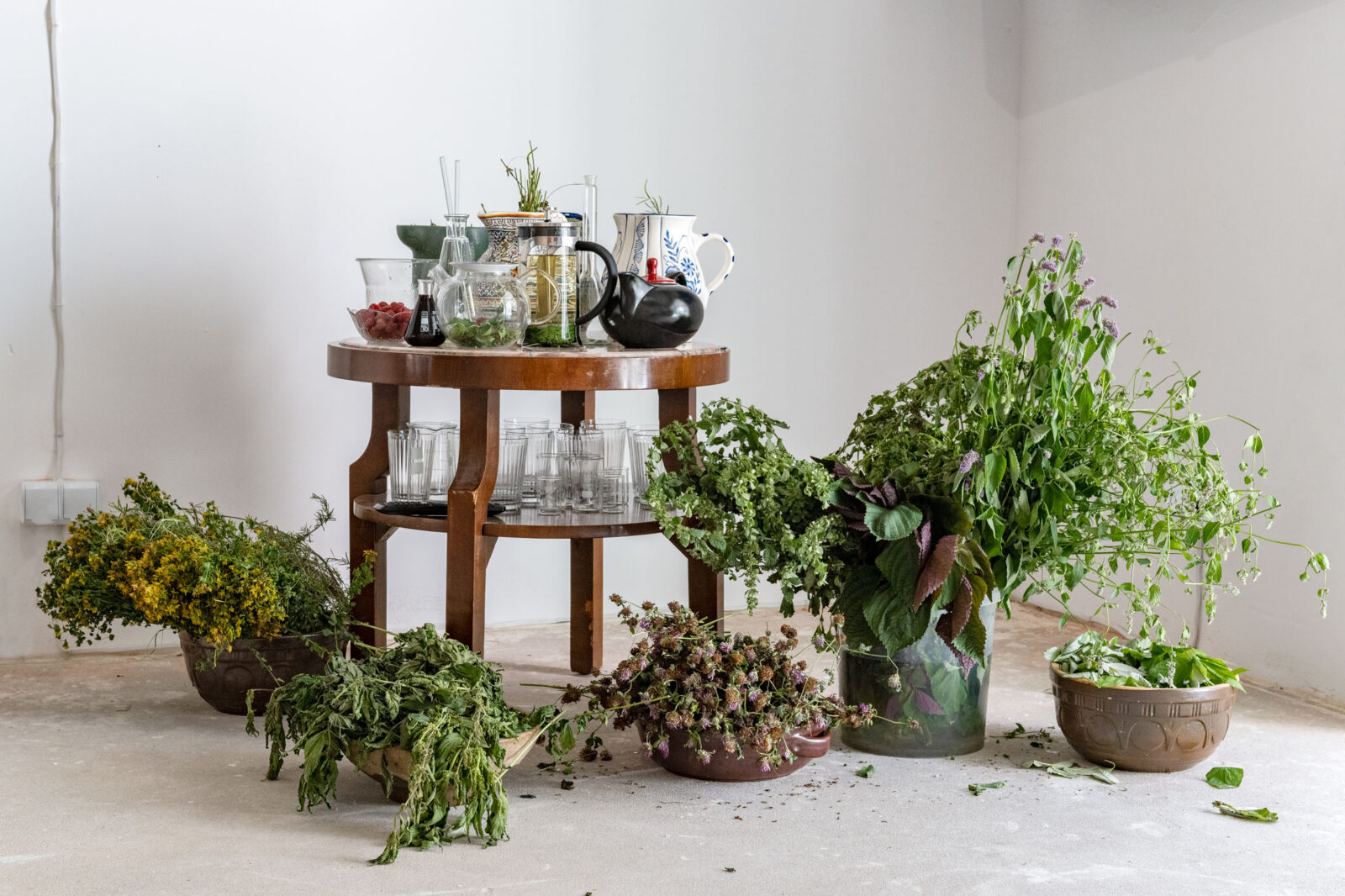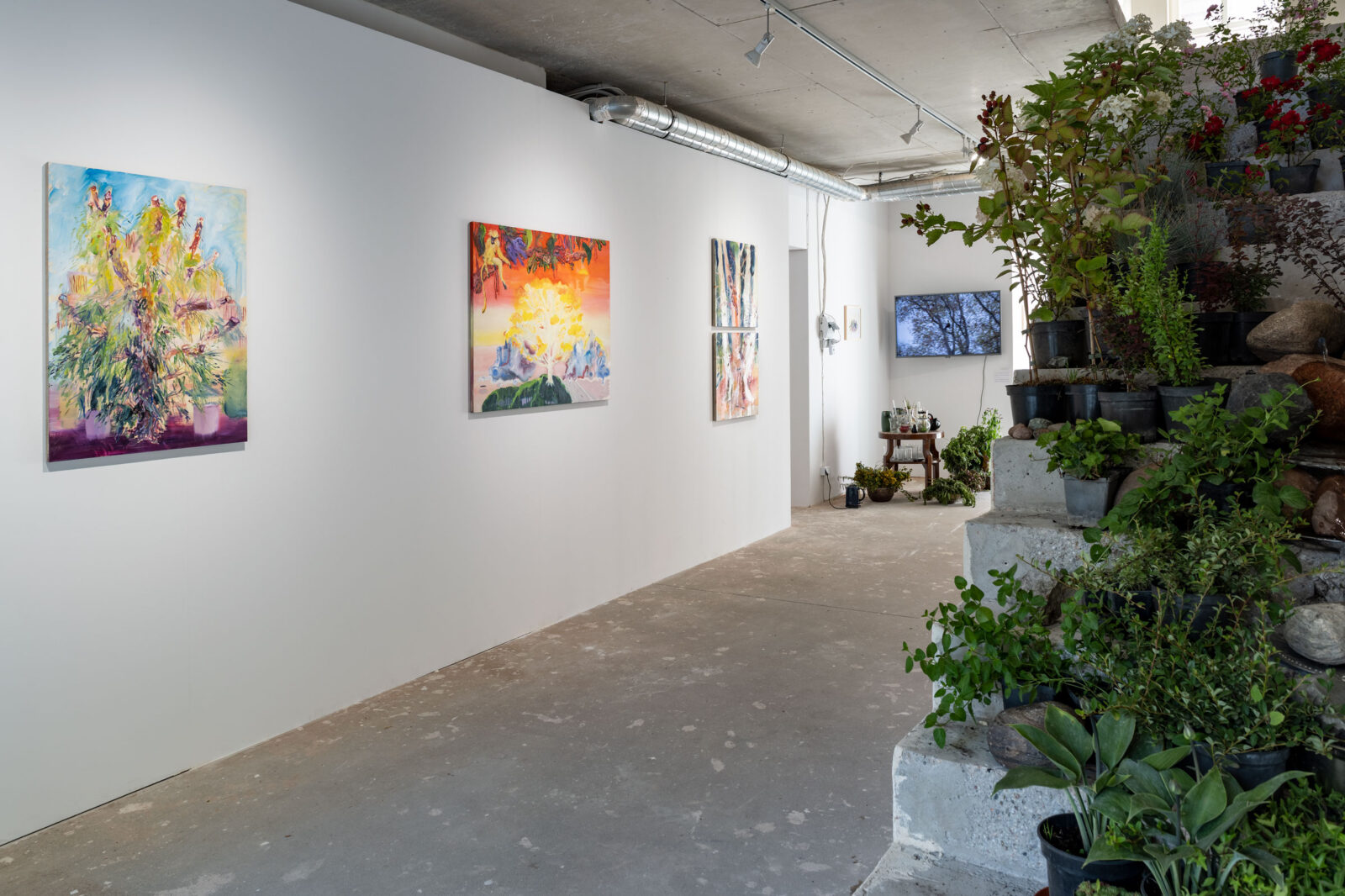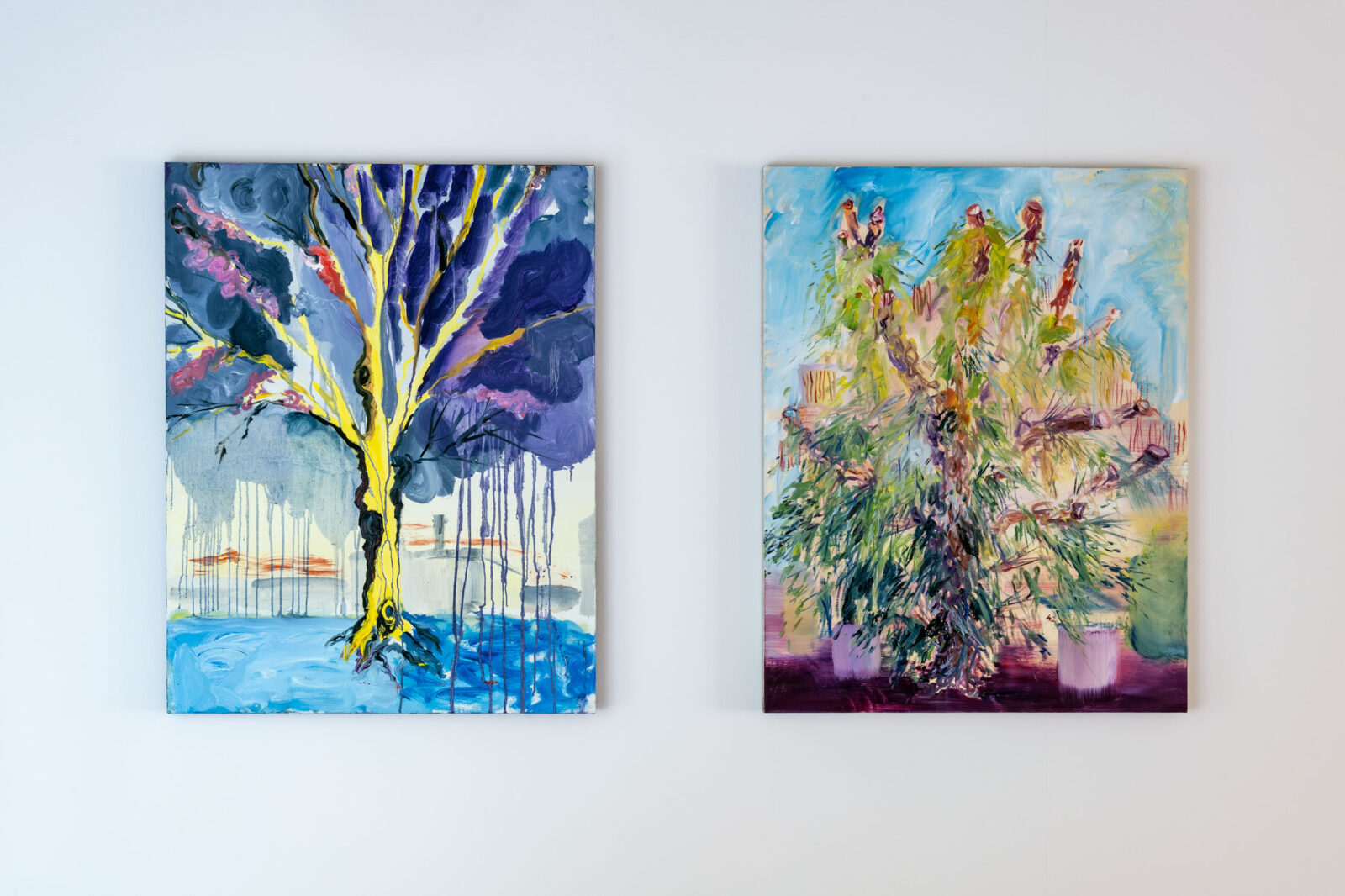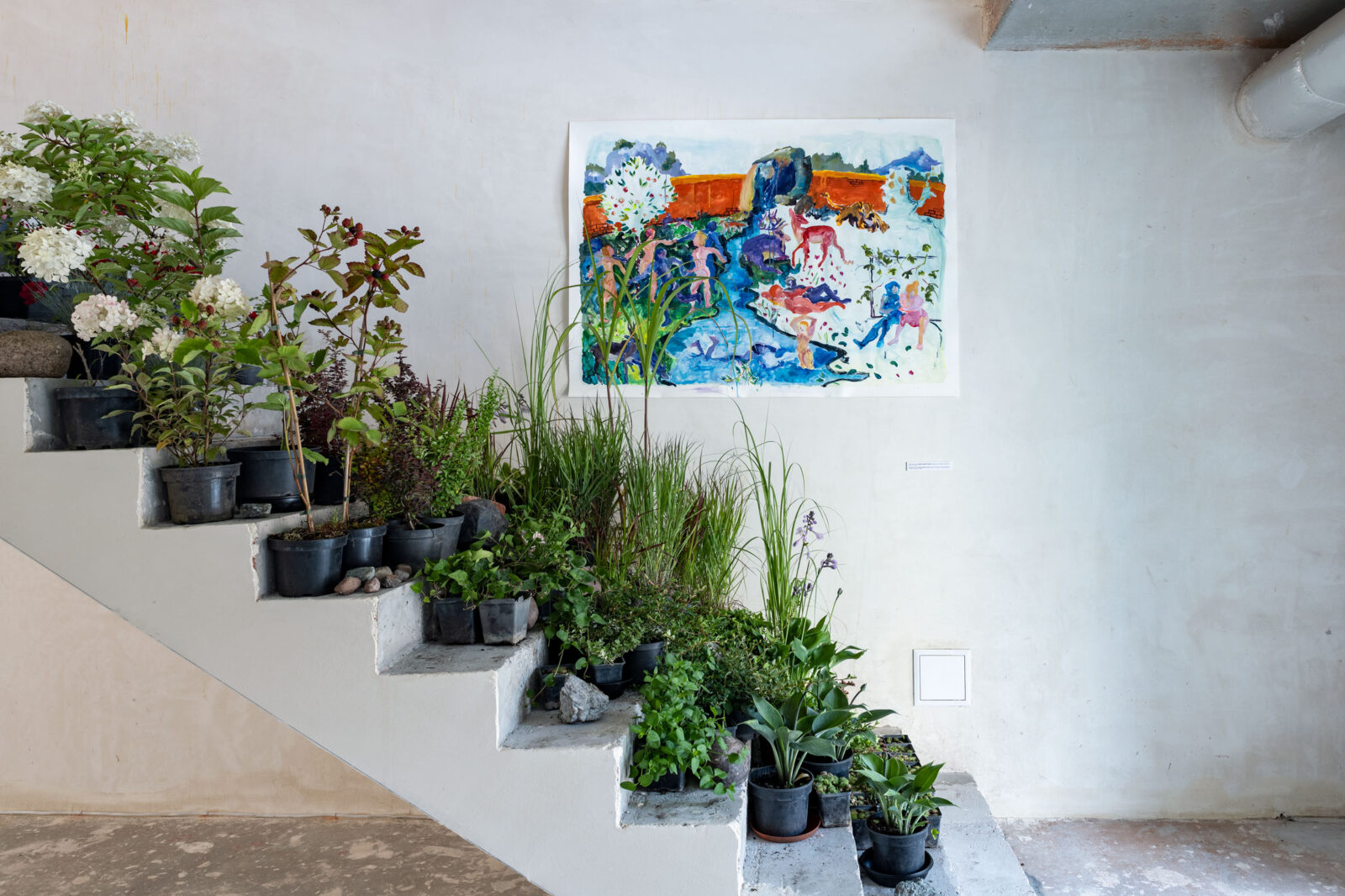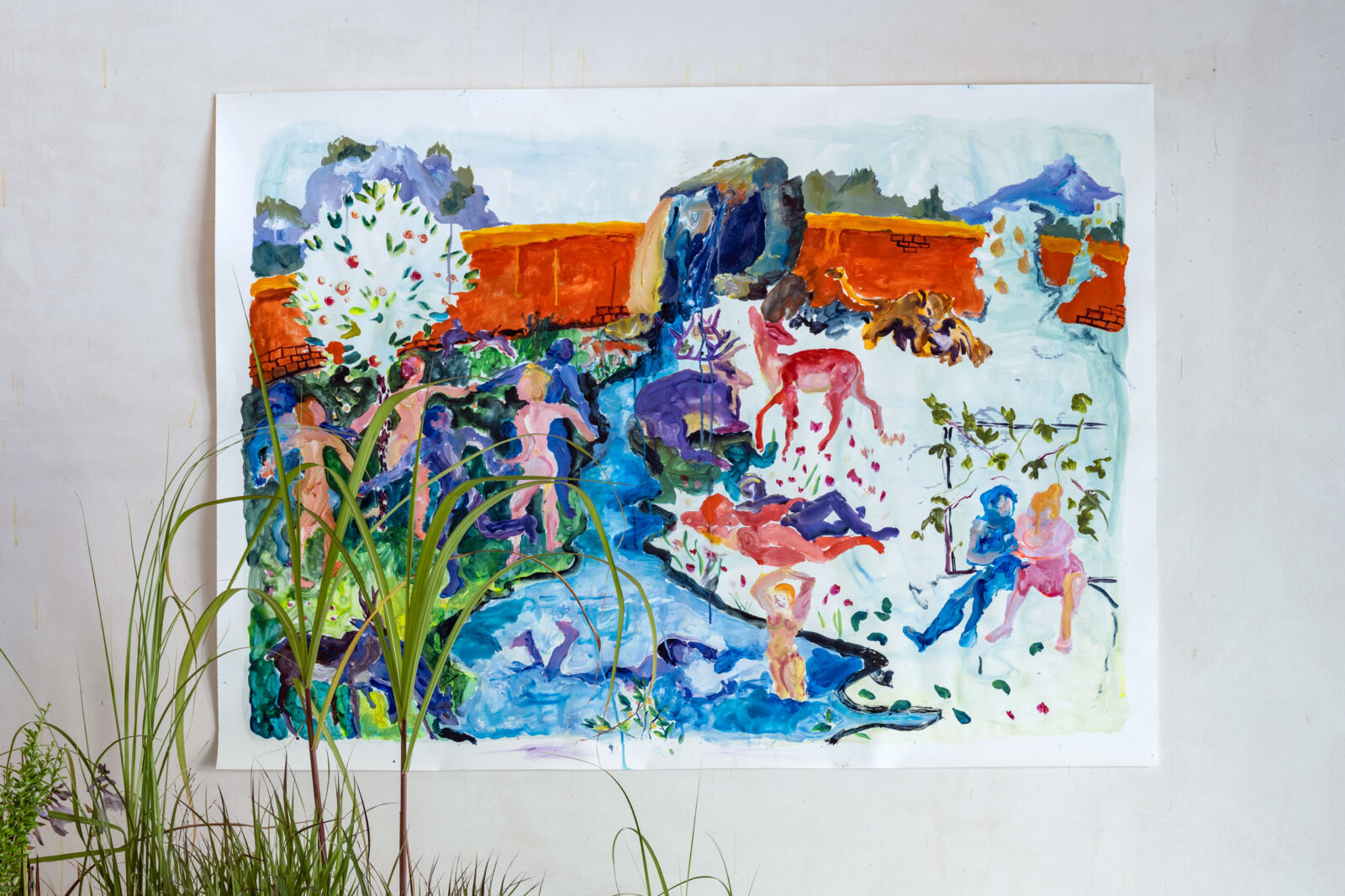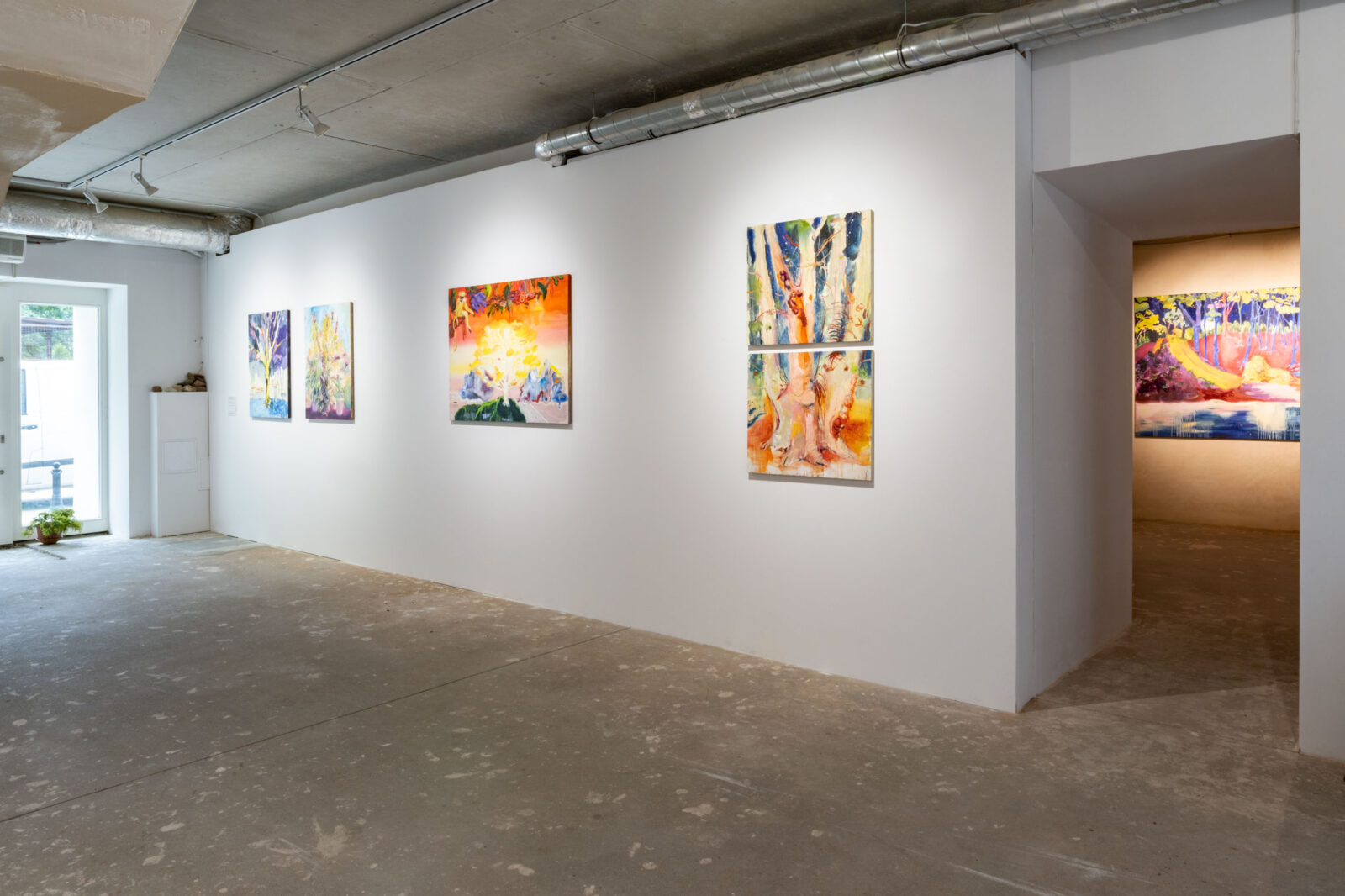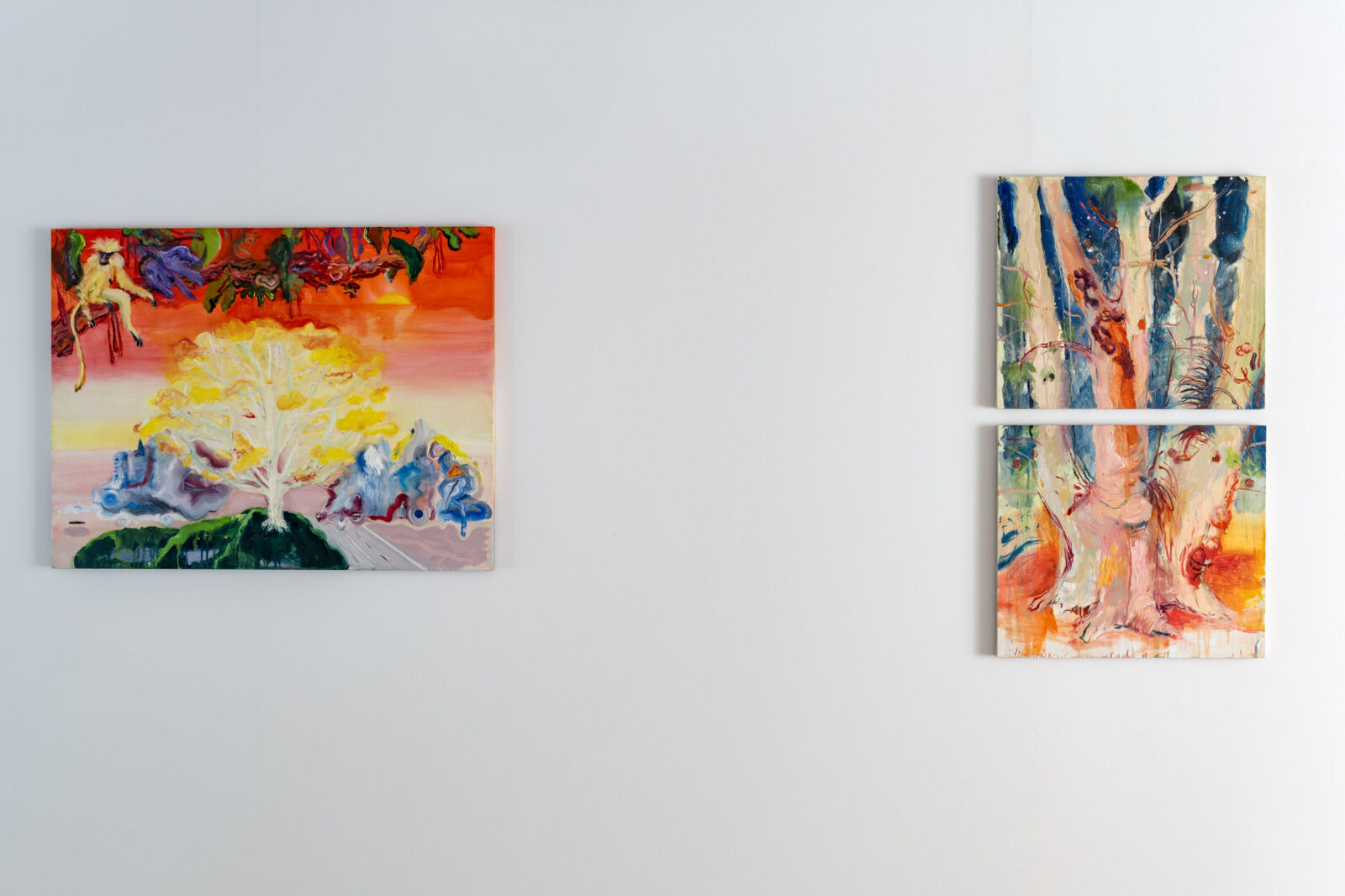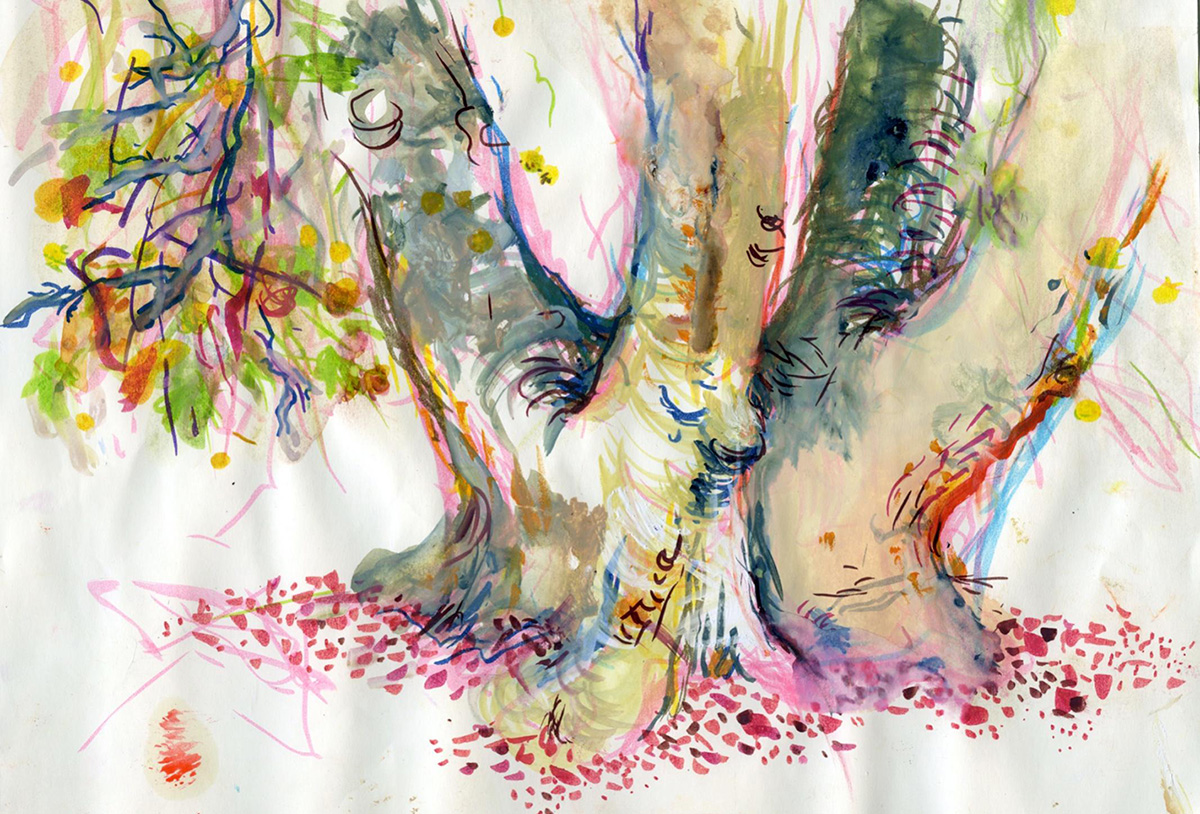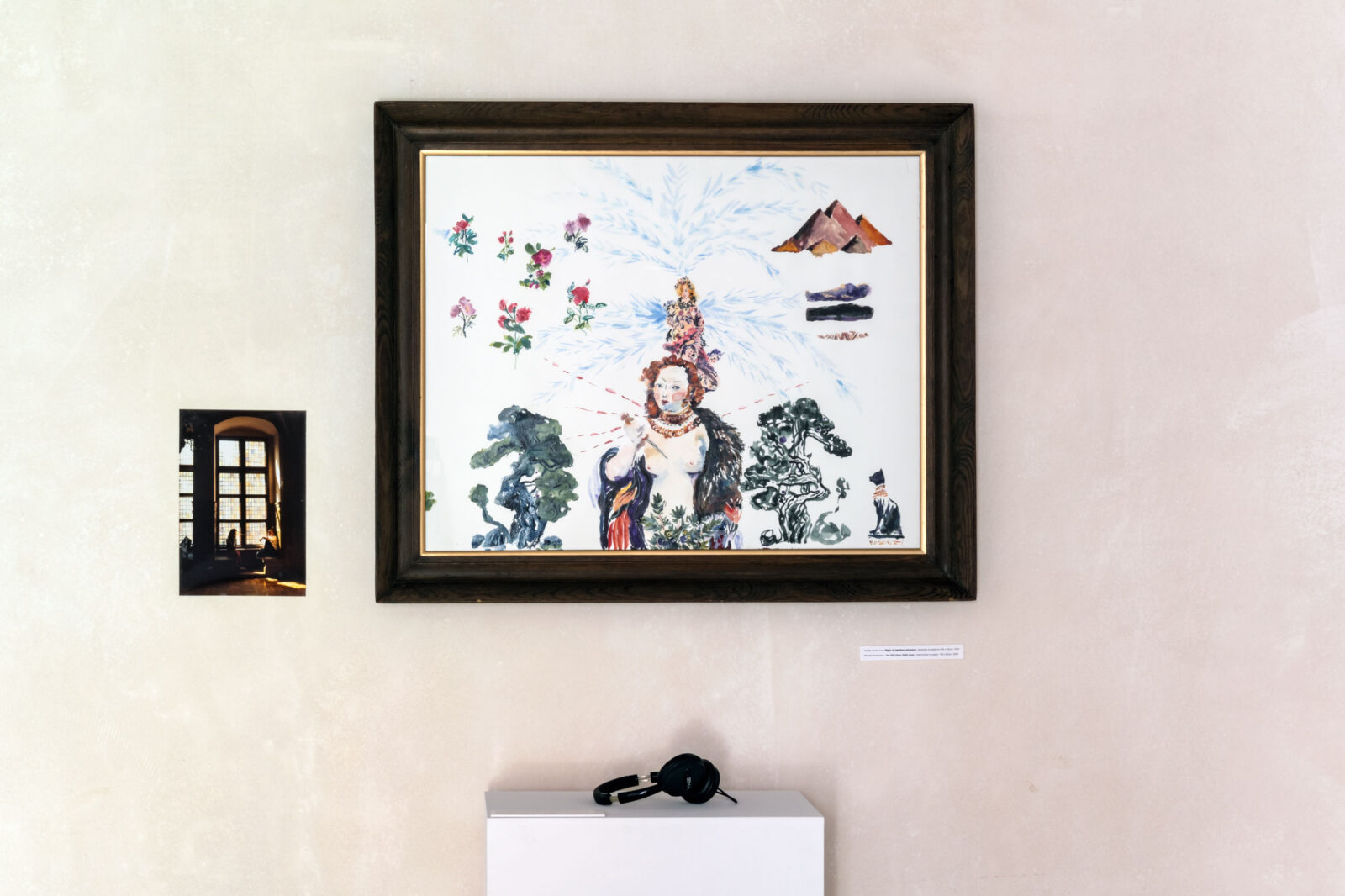There Used to Be Such a Park, They Called it Jungle Gym
Oak-hornbeam forests, riparian forests and other forested areas, gardens, parks, yards, terraces, balconies, greenhouses, promenades, pergolas… The green landscape of Wrocław has been formed over the centuries, as evidenced by notes and documents such as drawings, paintings or texts. It was already mentioned in Renaissance literature, in which Silesia was called Elysium – the Paradise Garden.
Throughout the centuries, the gardens of Wrocław performed various functions. In the Middle Ages, they served monks as places of contemplation due to their symbolism, but also fulfilled purely utilitarian functions, enabling them to cultivate edible and medicinal plants. In the Renaissance, gardens were supposed to express the harmony of the world as well as perform educational and scientific roles – this is when the first hortus botanicus appeared in Wrocław. In subsequent centuries, gardens became recreational salons and arenas of social life. This is why the aesthetics of gardens gained special importance, often supplemented with an element of surprise, particularly in the Baroque and Mannerism (as opposed to the harmonious planning of Renaissance gardens). In the 18th and 19th centuries, parks and public garden were primarily used as recreational areas, sometimes as amusement parks, enabling the inhabitants of overcrowded cities to take a break from the hustle and bustle of everyday life.
Many forms of Wrocław’s greenery and gardens have not survived to our times. Among them was the Renaissance Rybisch Garden, stretching from the present Ofiar Oświęcimskich street up to the City Moat, whose architectural layout referred to the ancient Roman villa urbana, or the numerous établissement, also known as Gardens of Delight, which served the role of entertainment complexes. All that has survived is some architectural elements, but the gardens, greenhouses and palm houses are all but gone.
It is hard to fathom today that Wrocław gardens used to be internationally famous. The garden of Dr. Laurentius Scholtz von Rosenau, established in 1587 between today’s Piotra Skargi and Wierzbowa streets, was dubbed the paradise of Wrocław and described in Renaissance literature as locus amoenus (pleasant place). It boasted 340 genera of plants, including medicinal and exotic plants, such as oranges, figs, tobacco, as well as some complete novelties of those times: potatoes, tomatoes and tulips. The garden-salon was famous all over Europe because it was the venue for sumptuous parties for the elite, e.g. Floralia Wratislaviensia, modelled on the ancient festival in honour of the Roman goddess Flora. Its greatest attractions included an artificial stone grotto, a pyramid-shaped bird cage, an Egyptian mummy placed in a cabinet of curiosities or works of art, for example Lucretia by Lucas Cranach the Elder. The owner published catalogues of the cultivated plants and made sure that his garden appeared in works of poetry and graphic art, which is why its legend has survived to this day.
In the 17th century, the complex was transformed by Wolfgang Scharschmidt into the Water Garden – probably the most eccentric garden layout in Wrocław. The visitors were surprised by numerous water installations and plumbing devices designed by the owner himself. Supposedly, there was a warning at the entrance: “If you do not wish to get sprayed, be careful, because one misstep will make you wet right behind this door.” Water, beer and wine gushed out of the bizarre sculptures and taps in the stone grotto.
Where is Lucretia
The richness of forms and functions of Silesian gardens continues to stimulate imagination. The latest series of paintings by Wrocław-based artist Monika Konieczna is inspired by the history of local greenery. Her growing fascination with nature has resulted, among other things, from the recent experience of the pandemic, when freedom of being in nature was restricted and the lack of contact with it was felt even more acutely. As the artist explains, what comes to the fore in her paintings from the Locus Amoenus series is “the need to return to nature, to a paradise lost, perhaps to myself.”
The works contain a number of references to the history of art and literature. Of particular importance is the tree archetype, present in our collective unconscious for centuries as a symbol of life and death, rebirth, a link between earth and heaven, a celestial pole (axis mundi). The artist dedicates subsequent paintings to actual trees. Her large-format canvases as well as small sketches depict the silhouettes of Wrocław’s natural monuments: the Guide Oak at Sucha Street, the plane tree by the Holy Trinity Nursing Home, or the tulip trees from the South Park.
Naturally, the subject of the paintings is connected with the eponymous “pleasant place.”
The literary topos of locus amoenus appeared already in ancient times, and its image is deeply rooted in the history of painting. Literary works clearly specify which elements constitute the idyllic pleasant place. Whether in ancient Arcadia, the mythological Elysium or the biblical Eden, trees, grass and water are always there, testifying to the beauty of the place and creating a safe haven.
All these elements can also be found in the paintings by Konieczna, who considers nature to be her hideout and safe place. Nature appears here primarily as a fantastic and dynamic phenomenon. Konieczna’s paintings are far from the ordered landscapes by Lorrain or Poussain. The artist juxtaposes elements of the authentic, natural landscape of Wrocław with surreal images of non-existent city gardens. Exotic animals lurk from the lush vegetation: the fleshy silhouette of a lion, painted with a thick layer of paint, emerges from the so-called Kilimanjaro hill in Wrocław ( Wedding Night); a monkey is looking at us from the oak on Sucha Street. In this sense, the subject of Konieczna’s paintings is probably closer to the category of “imagined landscape,” while the colour palette and the manner of painting trigger associations with the emotional painting of post-impressionists and Fauvists.
If No Bird Makes a Nest, We Will Be Able to Visit the Tree Crown
It is worth noting that the Locus Amoenus series was largely created en plein air. Smaller works were created outdoors, while larger paintings were done in the studio on the basis of sketches made in nature. The decision to paint in nature influences the expressiveness and composition of the works – the canvas becomes a place of bold painting gestures. The artist rejects the photographic way of looking at wildlife and thus shortens the distance between the viewer and nature, which in recent times has been viewed mostly through the camera lens. The fact that the paintings were done at the turn of the year allowed Konieczna to closely observe nature in its various transitional states: streaks of paint running down the canvas make the branches of a dry tree literally melt away (Area for Rent for a Warehouse or Other Services), while the crown of the Guide Oak in full bloom resembles an atmospheric phenomenon, shining against the blurred architectural elements.
While working on the project, Konieczna used large canvases and a panoramic composition (a format that was patented by Robert Barker to fully reflect the beauty of the natural landscape before it was widely used by painters of historical and battle scenes), and a method of combining canvases (allowing the artist to work outdoors on individual parts of the picture, despite the large scale; to avoid going back far in the history of art, suffice it to recall Hockney’s ways of working on landscapes from the early 2000s).
For Konieczna, Pleasant Place was an opportunity to return not only to nature, but also to traditional arts. Although the artist graduated in Painting, she devoted a significant part of her practice to performance. Irrespective of the field, however, all her artistic activities are extremely coherent. The theme of nature has permeated her practice since she was a student; her performances are as colourful and painterly as her paintings, while the paintings are just as vivid and emotive as her performances.
Land for Rent for a Warehouse or Other Services
The works from the Locus Amoenus series invite the viewer to experience the spectacle of nature and observe the tensions at the intersection of nature, architecture and man. They rekindle our imagination of nonexistent urban gardens and reawaken our longing for green enclaves in the concrete cityscape.
The series of Monika Konieczna’s latest paintings is accompanied by a film documenting her outdoor work. In one of the shots, we see the artist in an uninteresting setting typical of many Polish cities – in a small square next to a busy petrol station. It is hard not to be surprised that this place could have become an inspiration for a lush, colourful landscape.
As we know (mainly thanks to art) – looking is not always the same as seeing.
*the subtitles in the text were borrowed from the titles of paintings from the Locus Amoenus series
Text: Anna Stec
Monika Konieczna
Born in Wrocław in 1978. Painter and performer, graduate of and lecturer in the Academy of Art and Design in Wrocław.
In her creative practice she draws on myths, archetypes and rituals, approaching them in a new, uniquely individual order, referring to what is common through the personal.
She is interested in the memory of place as well as individual and collective memory. Since her studies at the Academy, the motif of nature and the related cycle of life and death have constituted important threads in her artistic work.
Her artistic statements are made using visual installations in space, performance, collage.
She lives and works in Wrocław.



![Free Relationships of a Non-free Girl [Acacia, Old Town Park, Wrocław], oil on canvas, 73x92cm, 2021](https://krupagallery.pl/wp-content/uploads/2021/07/rozwiaxxzle-zwiaxxzki-zwiaxxzanej-dziewczyny-olej-na-ploxxtnie-2021-1600x2018.jpeg)
